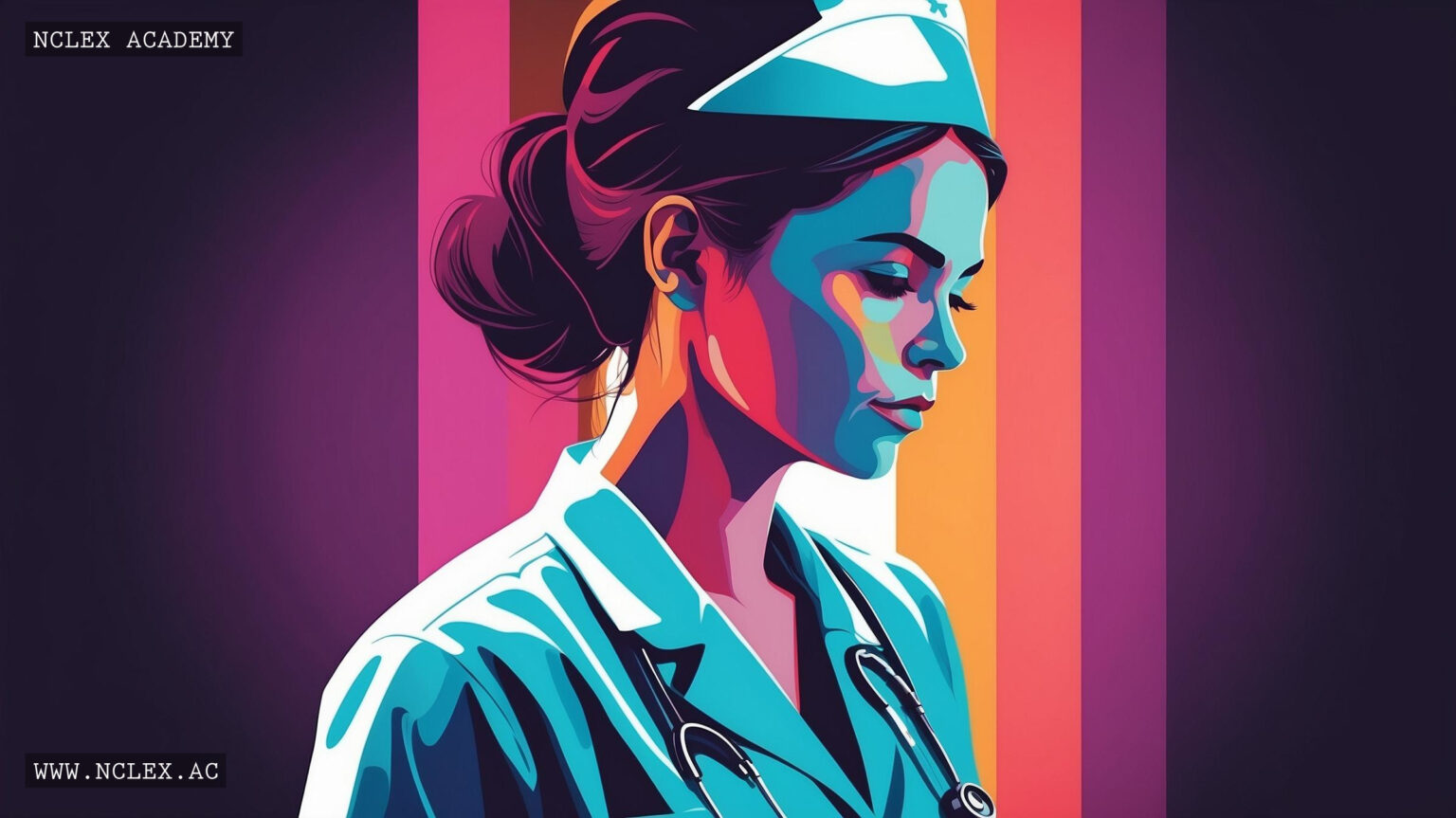High-quality patient documentation is a cornerstone of excellent healthcare. It ensures continuity of care, aids in medical decision-making, and supports accurate coding and billing. Furthermore, comprehensive records contribute to better patient outcomes and legal protection for healthcare facilities and staff. As a nursing professional, enhancing your patient documentation skills is pivotal. Here are five effective strategies that can propel your patient documentation to the next level, ensuring safety, clarity, and efficacy in patient records management.
1. Embrace the C.A.R.E. Documentation Framework
Adopting a structured approach to documentation can vastly improve the quality of patient records. One such structure is the C.A.R.E. framework, which stands for Clarity, Accuracy, Relevance, and Timeliness.
Clarity means writing in a way that is easily understood by others, avoiding unnecessary jargon or abbreviations that could cause confusion. Accuracy involves ensuring the information is correct and reflects exactly what occurred with the patient. Relevance requires including information pertinent to the patient’s care and omitting non-essential details. Finally, Timeliness dictates that documentation should be done as close as possible to the time of the event or observation to maintain record integrity. Training in the C.A.R.E. framework empowers nurses to consistently maintain a clear, concise, and accurate account of patient care.
2. Utilize Technology and Electronic Health Records (EHRs) Effectively
Technological advancements have revolutionized patient documentation through Electronic Health Records (EHRs). To harness the full potential of EHRs, nurses should receive ongoing training in the latest software updates and functionalities. Mastery in navigation, accurate data entry, and use of templates provided by EHR systems can prevent errors and save time.
Moreover, understanding the EHR’s decision-support tools, like smart prompts for allergy checks or medication interactions, enhances the quality of documentation. As an added benefit, EHRs often have features that promote collaboration among healthcare team members, fostering a comprehensive and cohesive care environment.
3. Develop and Follow Standardized Checklists
Checklists are a practical tool for ensuring completeness in patient documentation. By following standardized checklists, nurses can systematically record patient information, ensuring no critical elements are missed. These checklists might include patient history, assessment findings, interventions performed, medication administration, and patient education.
Beyond mere check marks, however, it is crucial to provide context and specifics where needed. For example, when noting medication administration, include the medication name, dosage, route, time given, and any observed effects. Standardized checklists serve as reminders and guides but should be complemented with detailed narratives when necessary.
4. Engage in Regular Peer Reviews and Feedback
Peer reviews offer an excellent opportunity for professional development in patient documentation. Engage with colleagues to review each other’s documentation, providing constructive feedback on ways to improve. This practice not only identifies any habitual errors or omissions but also encourages the sharing of best practices and tips among peers.
When conducting peer reviews, use a standardized evaluation criterion to maintain objectivity. This helps in honing skills and fostering a culture of continuous improvement within the nursing team, ultimately refining the documentation process organization-wide.
5. Stay Informed About Legal Requirements and Ethical Standards
Legal obligations and ethical standards shape the landscape of patient documentation, making it imperative for nurses to stay informed about the latest requirements and best practices. They should be well-versed in the Health Insurance Portability and Accountability Act (HIPAA) regulations, state laws, and facility policies that dictate what must be documented, how, and who has access to patient information.
By attending seminars, workshops, and refresher courses, or participating in professional associations, nurses can keep their knowledge current and integrate legal and ethical best practices into their everyday documentation. This not only safeguards patient privacy but also protects healthcare professionals and their employers from legal repercussions.
In conclusion, applying these innovative and effective strategies can markedly enhance your patient documentation skills. By centering your practice on the C.A.R.E. framework, embracing technology, utilizing standardized checklists, engaging in regular peer reviews, and staying abreast of legalities, you ensure documentation is an asset to the high standard of care expected in the nursing profession. Remember, each record you keep is a step towards safeguarding your patients’ health journeys, your professional integrity, and your organization’s credibility.
NCLEX Academy
NCLEX Academy is a leading online platform dedicated to helping nursing students succeed in their NCLEX exams. With expert-led courses, printable exam prep materials, and personalized study plans, NCLEX Academy offers comprehensive resources to boost confidence and performance. The site also covers a wide range of interesting nursing topics, making it a must-visit for all nurses looking to expand their knowledge and skills. Join thousands of students and nurses who have achieved their dream of becoming licensed professionals with NCLEX Academy.
NCLEX Academy Official Website
